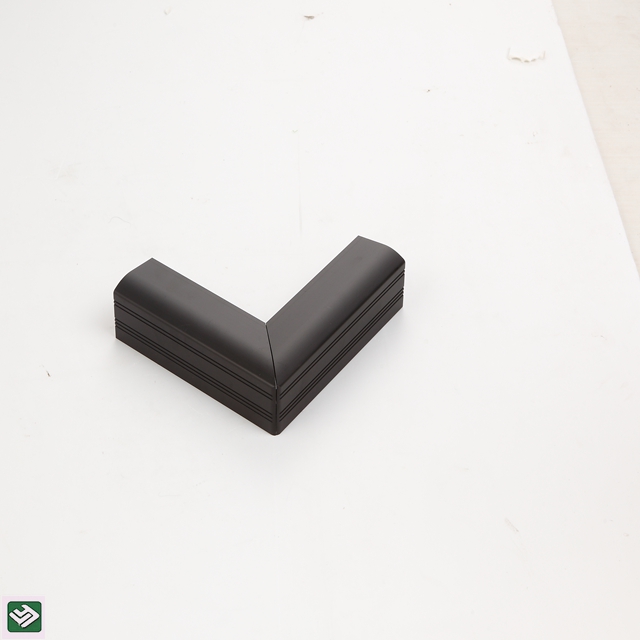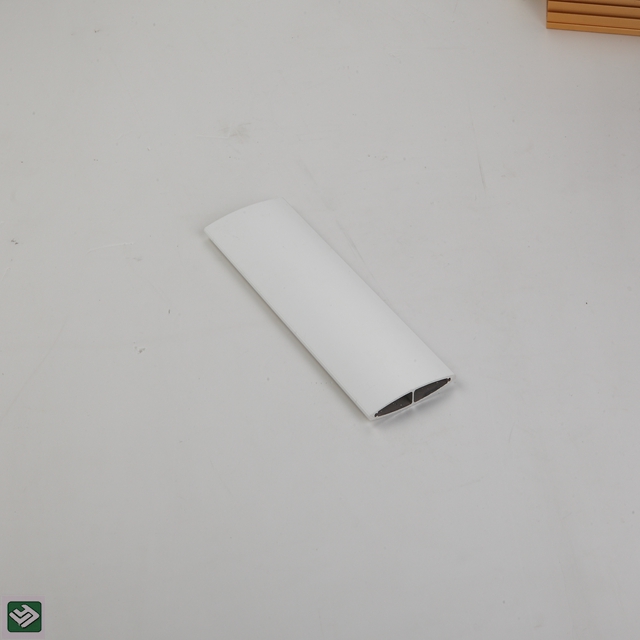Untreated aluminum has very good corrosion resistance in most environments, but it usually corrodes relatively quickly in strong acid or alkaline environments. This is a checklist on how to prevent aluminum corrosion problems.
When used properly, aluminum lasts longer than most other building materials, including carbon steel, galvanized steel and copper. It is extremely durable. It also typically outperforms other materials in high sulfur and marine environments.
Customized aluminum product
● galvanic corrosion may occur in the presence of both metal contact and electrolytic bridges between different metals.
● Pitting corrosion occurs only in the presence of an electrolyte (water or moisture) containing dissolved salts (usually chlorides).
● Crevice corrosion may occur in narrow, liquid-filled crevices.
So, what can you do to avoid it?
● Consider profile design. Profiles should be designed to promote dryness - good drainage to avoid corrosion. You should avoid prolonged contact of unprotected aluminum with standing water and avoid pockets that might collect dirt, and then keep the material wet for long periods of time.
● Pay attention to the pH value. pH levels below 4 and above 9 should be avoided to prevent corrosion.
● Be aware of the environment: In harsh environments, especially those with high chloride content, attention must be paid to the risk of galvanic corrosion. In these areas, some form of insulation between aluminum and more noble metals such as copper or stainless steel is recommended.
● Corrosion increases with stagnation: In closed, liquid-containing systems where water remains stagnant for long periods of time, corrosion can increase. Inhibitors can often be used to provide corrosion protection.
● Avoid harsh, wet environments. Ideally, keep aluminum dry. In difficult, humid environments cathodic protection should be considered to prevent corrosion.

